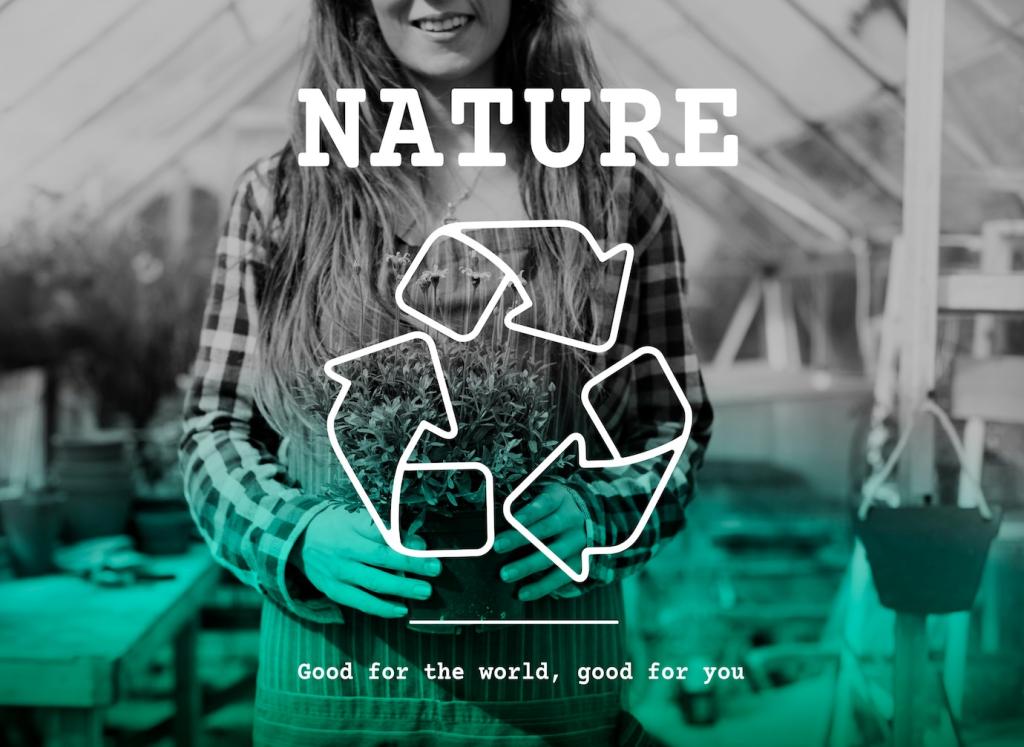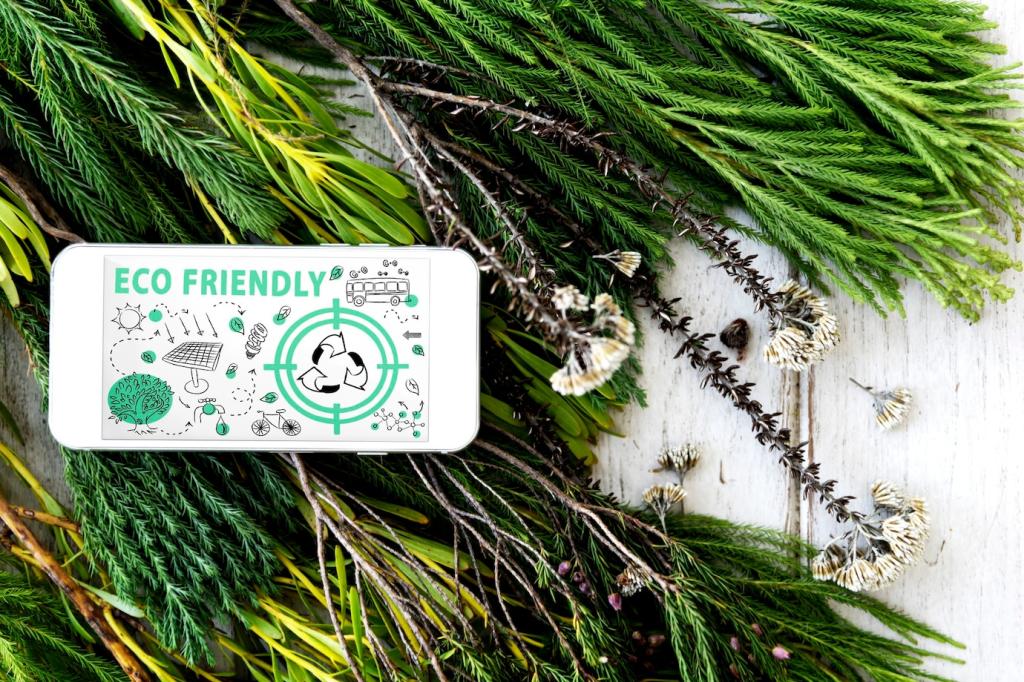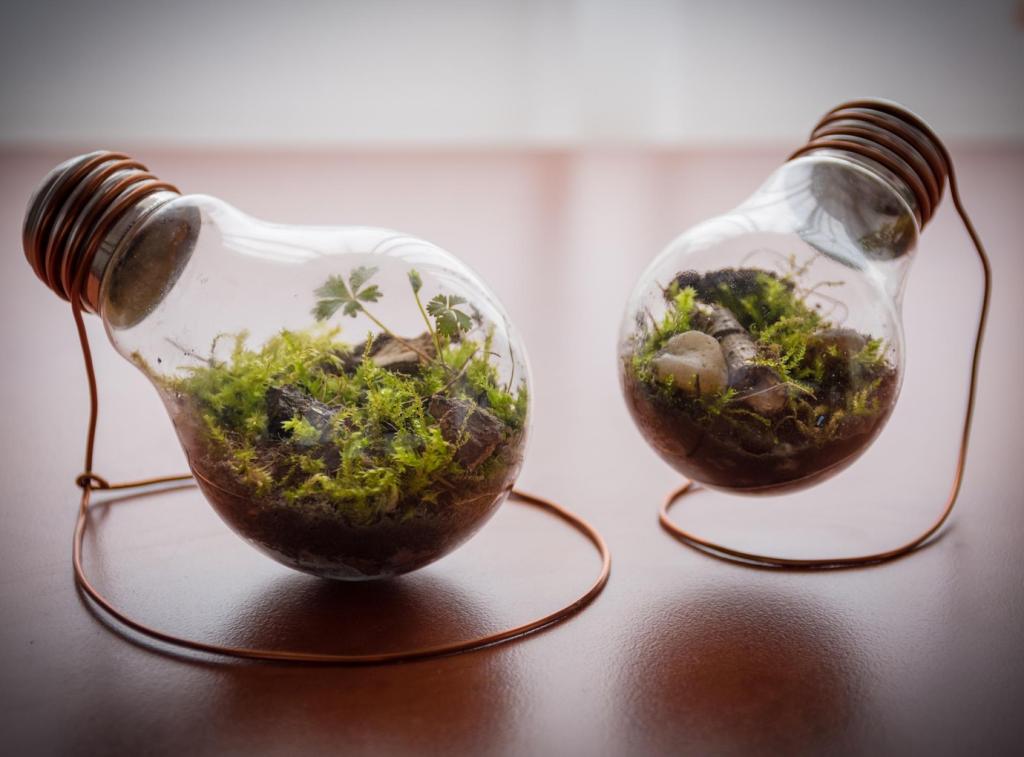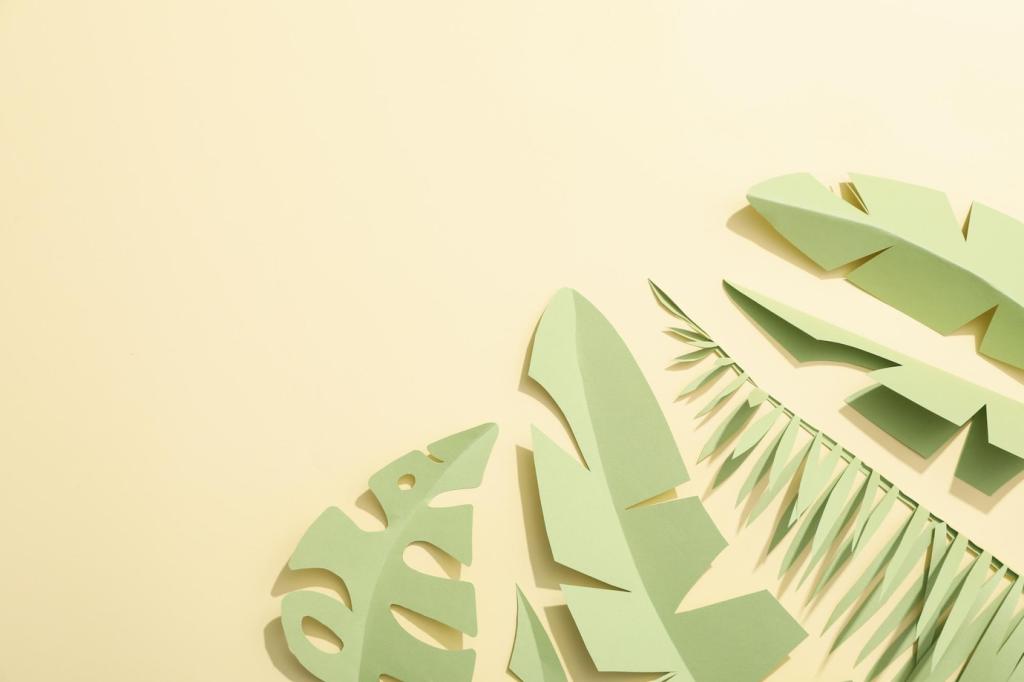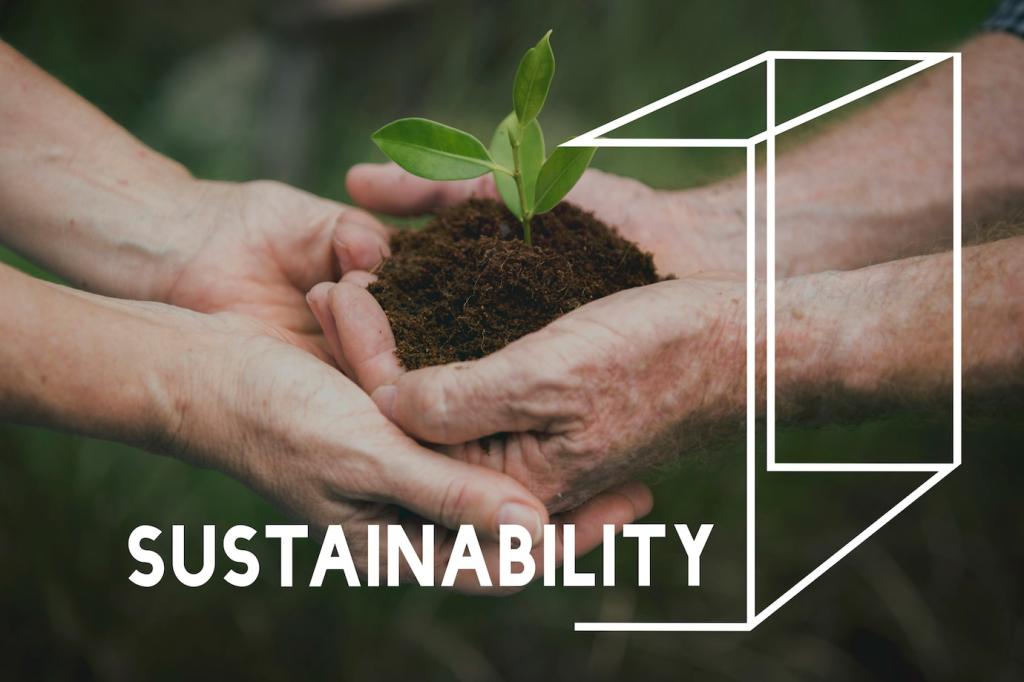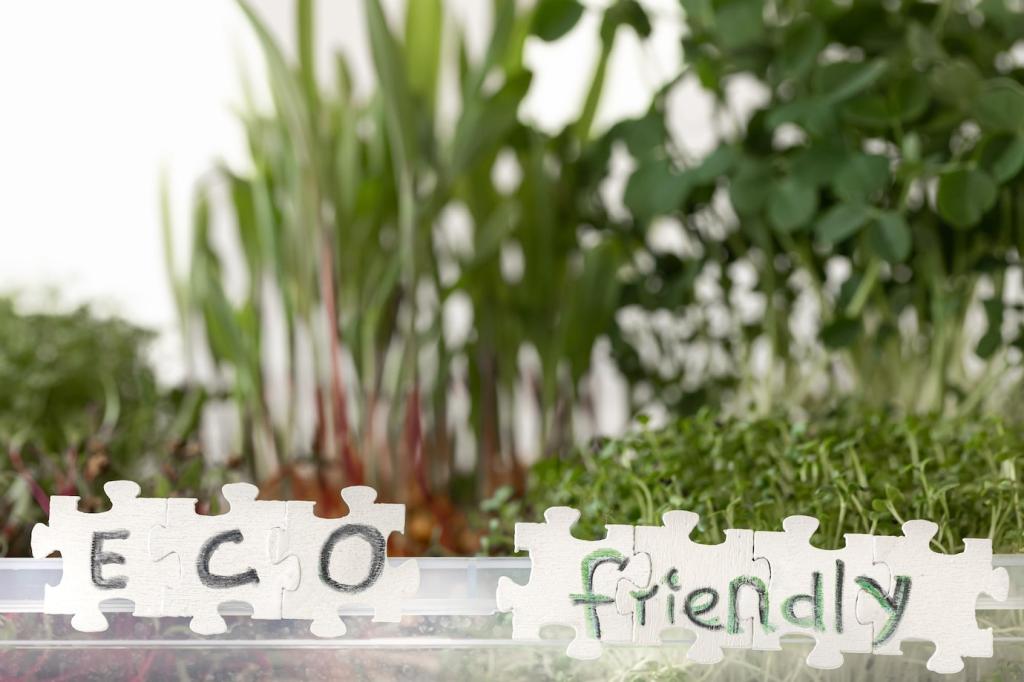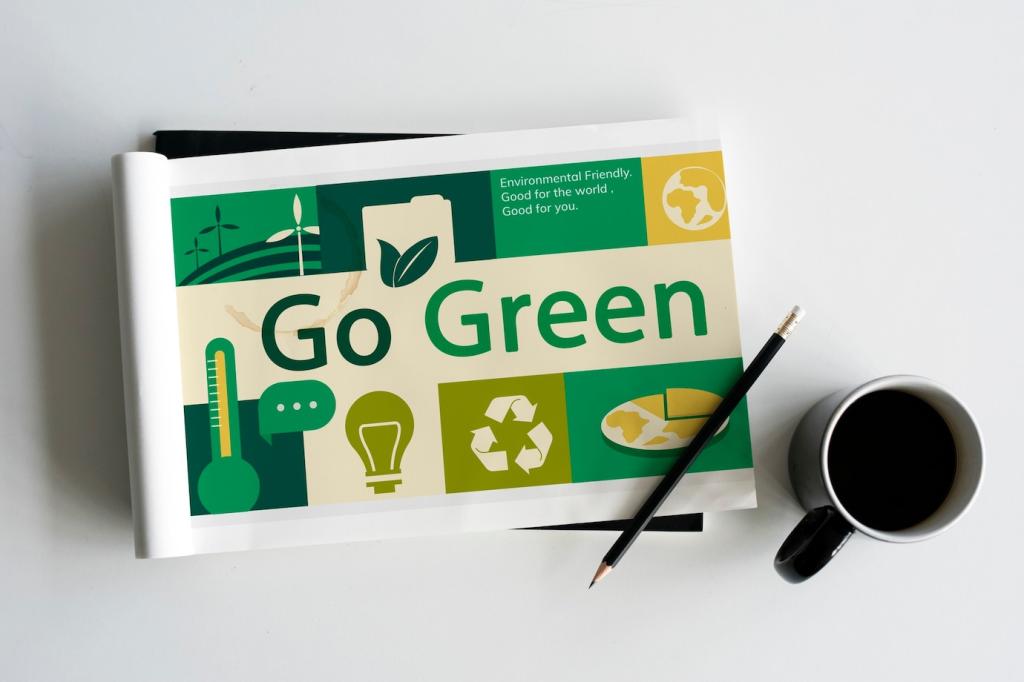From Waste to Wow: The Design Process
The journey starts with careful sourcing—ocean-bound plastics, post-industrial aluminum, and decommissioned hardwoods. Sorting by polymer type or alloy determines strength, finish, and recyclability. Share your local material sources or community swaps where designers can responsibly gather feedstock.
From Waste to Wow: The Design Process
Designers test tensile strength, fastener behavior, and surface wear, then craft prototypes that balance structure with narrative. A table leg molded from colorful bottle caps becomes a conversation piece. Would you beta-test furniture at home? Tell us what you’d look for during real-life trials.
From Waste to Wow: The Design Process
Clear coats can spotlight plastic terrazzo swirls; natural oils can revive reclaimed oak’s soulful knots. Designers choose finishes that protect without masking character. Which texture would you welcome in your space: silky matte, glassy gloss, or richly tactile grain? Vote in our next poll.
From Waste to Wow: The Design Process
Lorem ipsum dolor sit amet, consectetur adipiscing elit. Ut elit tellus, luctus nec ullamcorper mattis, pulvinar dapibus leo.

